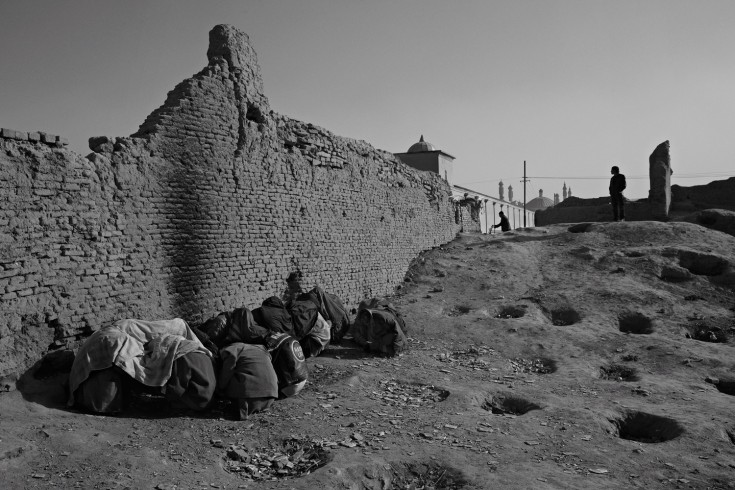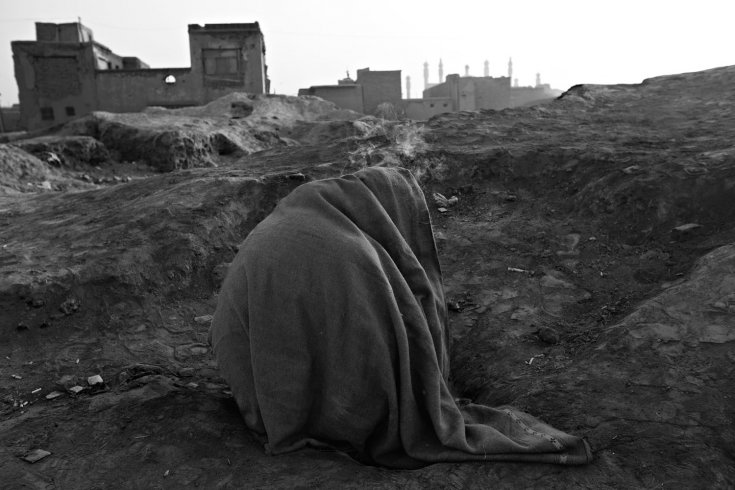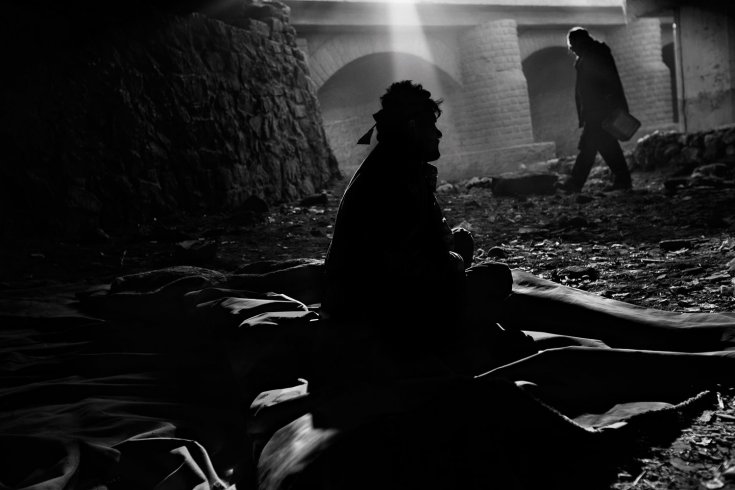The Lost Souls of Kabul: Photographs by James Nachtwey

A man injects himself under a bridge near an open sewer in Kabul. While overall production has dropped thanks to aggressive eradication efforts, and a blight that destroyed almost half of last year’s harvest, more Afghans than ever are getting addicted to opiates.
We’re used to thinking of Afghanistan as the world’s drug problem: it is, after all, the leading producer of opium poppy, the raw ingredient of heroin. But lost amid U.S. and NATO efforts to halt drug exports—and remove a lucrative source of revenue for the Taliban— is the alarming growth of addiction within the country. According to a U.N. survey, from 2005 to 2009 the number of heroin addicts jumped 140%, and the number of opium users almost doubled. All told, there are close to a million Afghan drug users, or nearly a tenth of the population ages 15 to 64. The U.N. estimates there are 60,000 addicts in Kabul alone.
in Afghanistan.” Many addicts are former refugees from the Soviet occupation in the 1980s or the civil wars that followed; they picked up the habit in camps in Iran and Pakistan. Others are veterans of those wars. They are now being joined by a new generation of addicts traumatized by the current fighting. Many gather to shoot up in the bomb-blasted ruins of Kabul’s old town, within view of the presidential palace.
A half-gram bag of brown sugar heroin sells for 120 afghanis, or $2.80, in Kabul. Cheap as that may seem, it’s a threefold increase over last year’s price. Supply is running low, thanks to the eradication efforts of U.S. and NATO troops and a blight that destroyed half of last year’s crop. But little is being done to reduce demand by weaning addicts off their habit. Although a handful of free, foreign-funded clinics exist for those who want to quit, the odds are still against even the most committed. The best-known facility, the Nejat Center, is housed in a sprawling, Russian-built factory in southwestern Kabul, but it has only 60 beds. Government-run clinics are largely nonexistent outside Kabul, and private ones can cost $300 per month, a prohibitive sum in a dirt-poor country.
With addiction going largely untreated, it’s inevitable that demand will soar, which will affect production. The U.N. expects farmers will plant more opium poppy in the coming year.
Scores of refugees flock to Kabul hoping to get a helping hand from the government, only to discover there is next to nothing for them. Except, of course, plenty of cheap drugs offering a quick escape.
With only a handful of rehab clinics, UN surveys show that only 10% of users countrywide have received any form of treatment, although 90% said they were in need of it.
A stone’s throw from a popular open-air drug spot, addicts shuttle back and forth down a narrow, mud-slick alley where half-gram bags of brown sugar heroin for 120 Afghanis ($2.80 USD).


